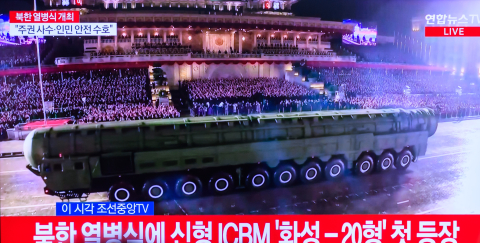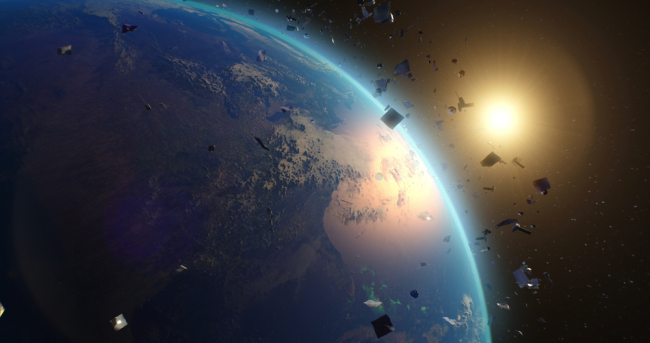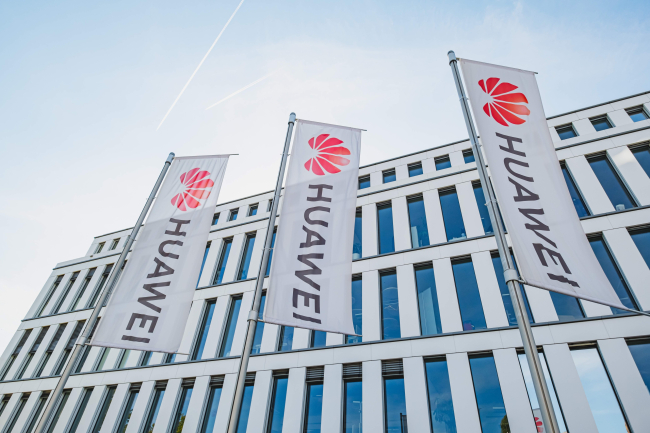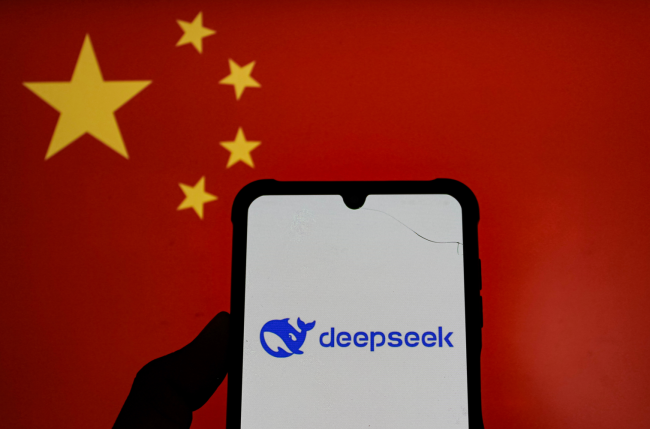Development of the Northern Sea Route: How great is the need for satellite observation?
The sea route between Europe and Asia is significantly shorter via Arctic waters than via the Suez Canal. Changes in global climate have resulted in a diminishing of ice in Arctic waters. This has resulted in the Northern Sea Route establishing itself as a viable commercial alternative, which is expected to expand in the years ahead. Satellite observation is one of the methods employed to gather information about ice conditions, weather and oil spills, and is a prerequisite for ensuring the continued development of the new traffic.
The European colonial powers started investigating whether there were shorter transport routes via northern waters as early as in the 17th century. However, it was not until 1879 that the Swedish-Finnish explorer Adolf Erik Nordenskjold, as the first Western explorer, sailed to the Bering Strait. The transport route was expanded during the Soviet era, and in 1978 the first year-round transportation of iron and other metals commenced between Yenisey in the east and Murmansk in the west, supported by icebreakers in winter. Foreign vessels were first granted permission to traffic between east and west in Russian northern waters in July 1991, just a few months after the collapse of the Soviet Union.In 1997 the Finnish oil tanker the Uikku was the first non-Russian flagged vessel that sailed the entire Northern Sea Route. In 2012, 46 registered vessels used the passage. This figure rose the following year to 71. A total of 1.35 million metric tons comprising bulk, liquid, LNG and general cargo was transported in 2013. In 2030, transportation could account for one-quarter of all goods transport between Europe and Asia. This development would be dependent on the ice diminishing rapidly, but the researchers disagree on the speed at which the ice will melt. According to some estimates the entire Arctic could be ice-free by 2040.
Nonetheless, shipping companies that aim to use the new sea route face major challenges. The passage is still only fully navigable from the beginning of July to November in areas where only one-year old ice is formed. One-year old ice is around 1.6 metres thick. There is no fixed window for the period during which traffic is permitted. Everything is dependent on ice conditions. One of the challenges lies in receiving updated satellite information about ice conditions.
Download the PDF document to read the full paper:

Available in:
Regions and themes
ISBN / ISSN
Share
Download the full analysis
This page contains only a summary of our work. If you would like to have access to all the information from our research on the subject, you can download the full version in PDF format.
Development of the Northern Sea Route: How great is the need for satellite observation?
Related centers and programs
Discover our other research centers and programsFind out more
Discover all our analysesThe Sustainability of Space Operations: An Opportunity for European Leadership?
As space becomes a key arena for power projection strategies, while facing growth and diversification of orbital activities, the concept of “space sustainability” is emerging as a new framework of analysis for space governance.
The “Huawei Saga” in Europe Revisited: German Lessons for the Rollout of 6G
While the European Union attempted to coordinate a collective response through its 5G Toolbox in Europe’s 5G infrastructure, member states diverged significantly in balancing political, economic, and technological considerations. Germany, despite its economic ties to China and status as Europe’s largest telecom market, only reached a tentative agreement in July 2024—one that appears largely symbolic.
European Startups and Generative AI: Overcoming Big Tech Dominance
Europe is at a crossroads. Faced with the domination of American Big Tech across the entire generative Artificial Intelligence (AI) value chain, from foundation models to cloud infrastructure, distribution channels, and open source, it risks long-term technological and economic decline. Yet generative AI also represents a major opportunity for economic transformation, with a potential value estimated at 1.5 times France’s gross domestic product (GDP). To turn it into a driver of renewal, Europe must move beyond the illusion of total technological independence and instead build an ecosystem that leverages Big Tech resources while strengthening its own innovation capabilities.
A "DeepSeek Moment"?
DeepSeek, hailed as a champion of Chinese AI, represents less a revolution than a significant optimization of existing technologies. Doubts remain regarding the figures put forward by the start-up, inviting a more measured response to the media hype surrounding China’s technological catch-up. Nonetheless, DeepSeek signals the need to question an economic model based solely on the race for computational power. By betting on open innovation, Europe can carve out its own path in a competition that is far from being a zero-sum game.










